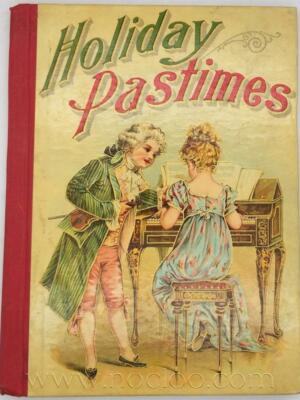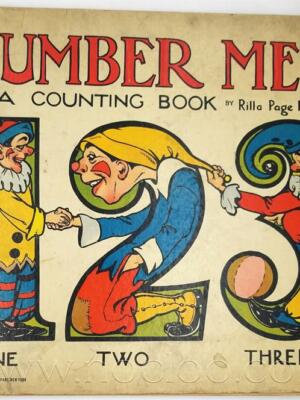Fairy Stories and Fables by James Baldwin (1841–1925) is a classic 19th-century collection that adapts timeless tales from Aesop, European folklore, and Greek mythology into gentle moral lessons for young readers. This anthology—crafted by the influential educator and children’s author (not to be confused with the 20th-century novelist)—preserves the oral tradition of fables like The Lion and the Mouse and The Town Mouse and the Country Mouse, while weaving in fairy tale motifs from stories such as The Fisherman and His Wife and Pandora’s Box. Baldwin’s prose, characteristic of Victorian-era children’s literature, balances simplicity with didacticism, framing each story as a parable about honesty, perseverance, or the consequences of greed.
Though modern readers may find the tone quaintly moralizing, the collection remains a fascinating artifact of how folklore was sanitized for 19th-century classrooms, stripping away the darker edges of older versions while retaining their core wisdom. The book’s enduring value lies in its bridge between ancient oral traditions and modern children’s literature—a stepping stone to the Brothers Grimm and Hans Christian Andersen.
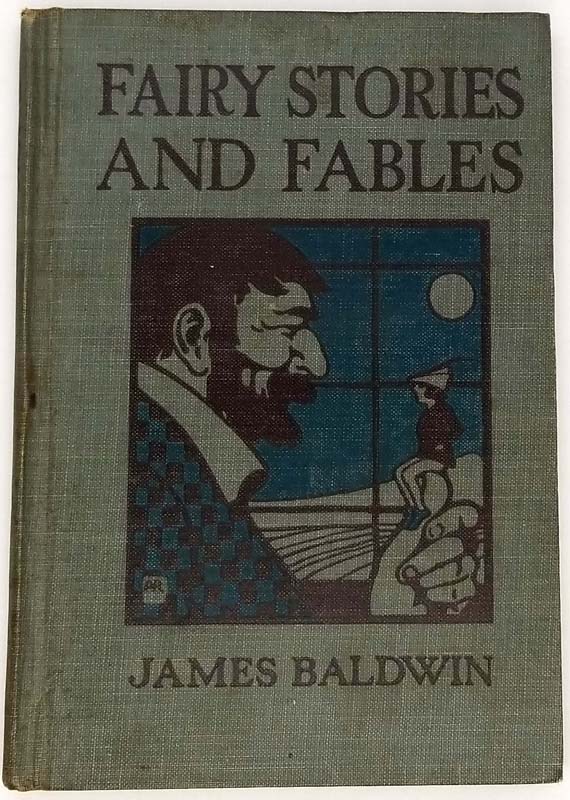
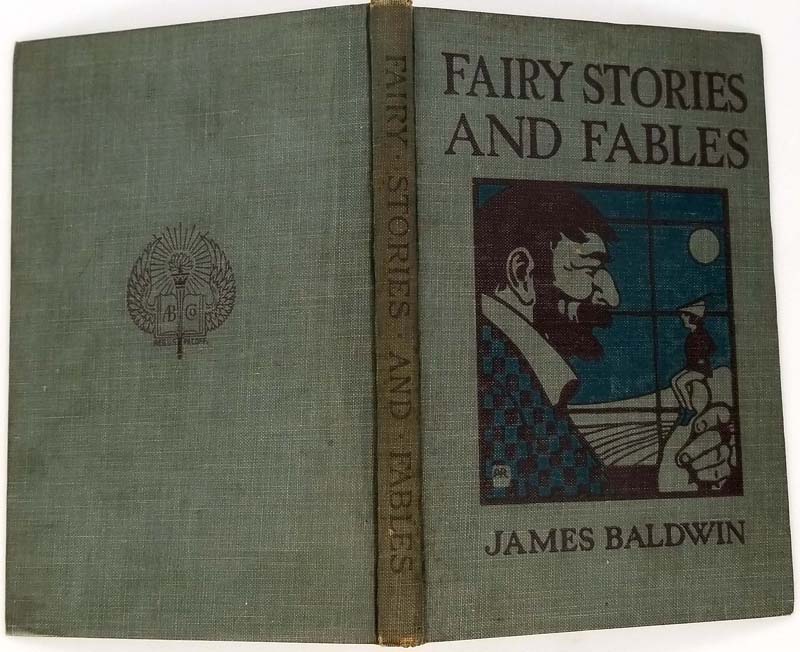
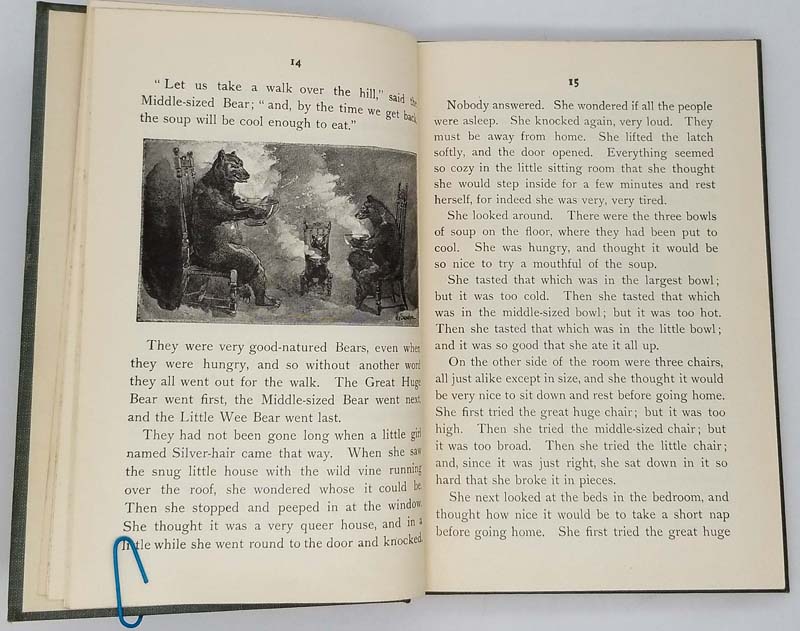
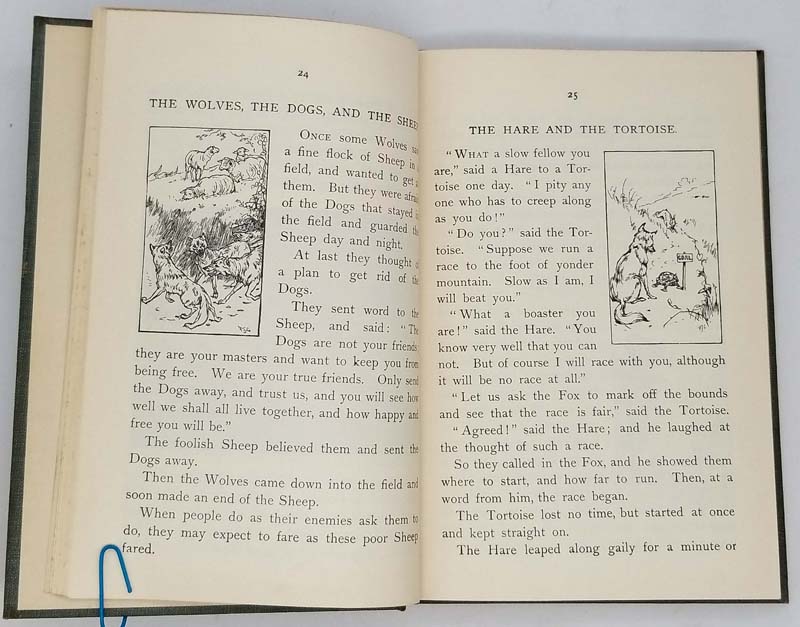
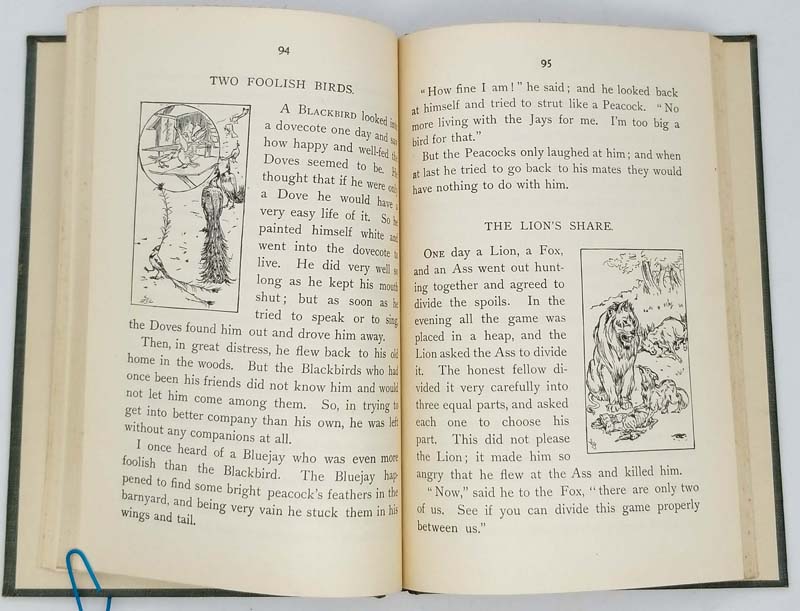

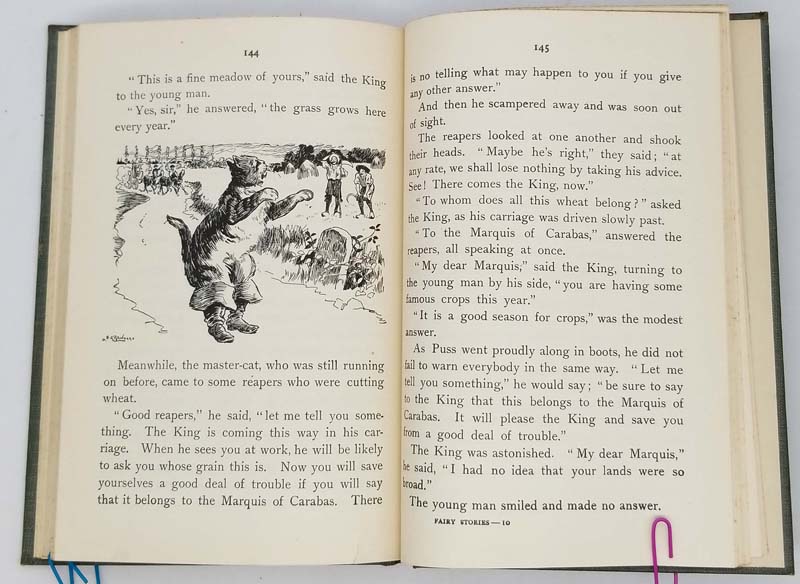
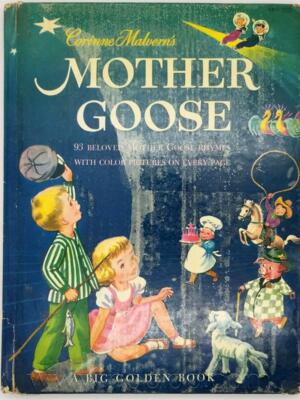
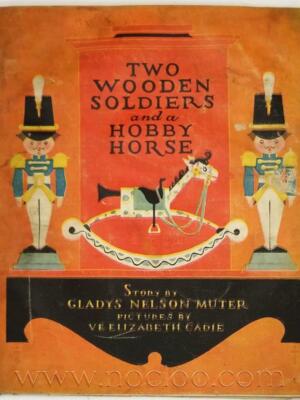
![A.A. Milne - When We Were Very Young 1924. First edition [1]](https://www.nocloo.com/wp-content/uploads/2020/07/aam-young1-300x400.jpg)
